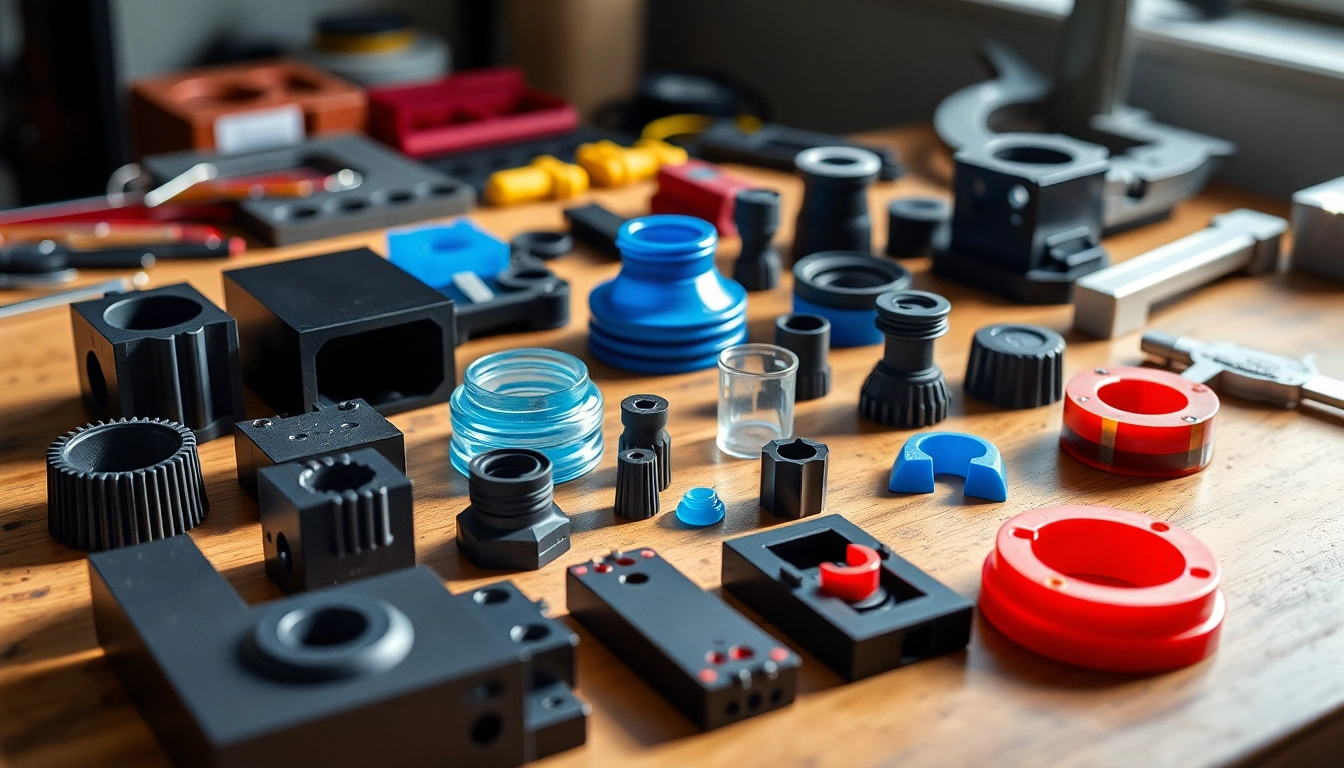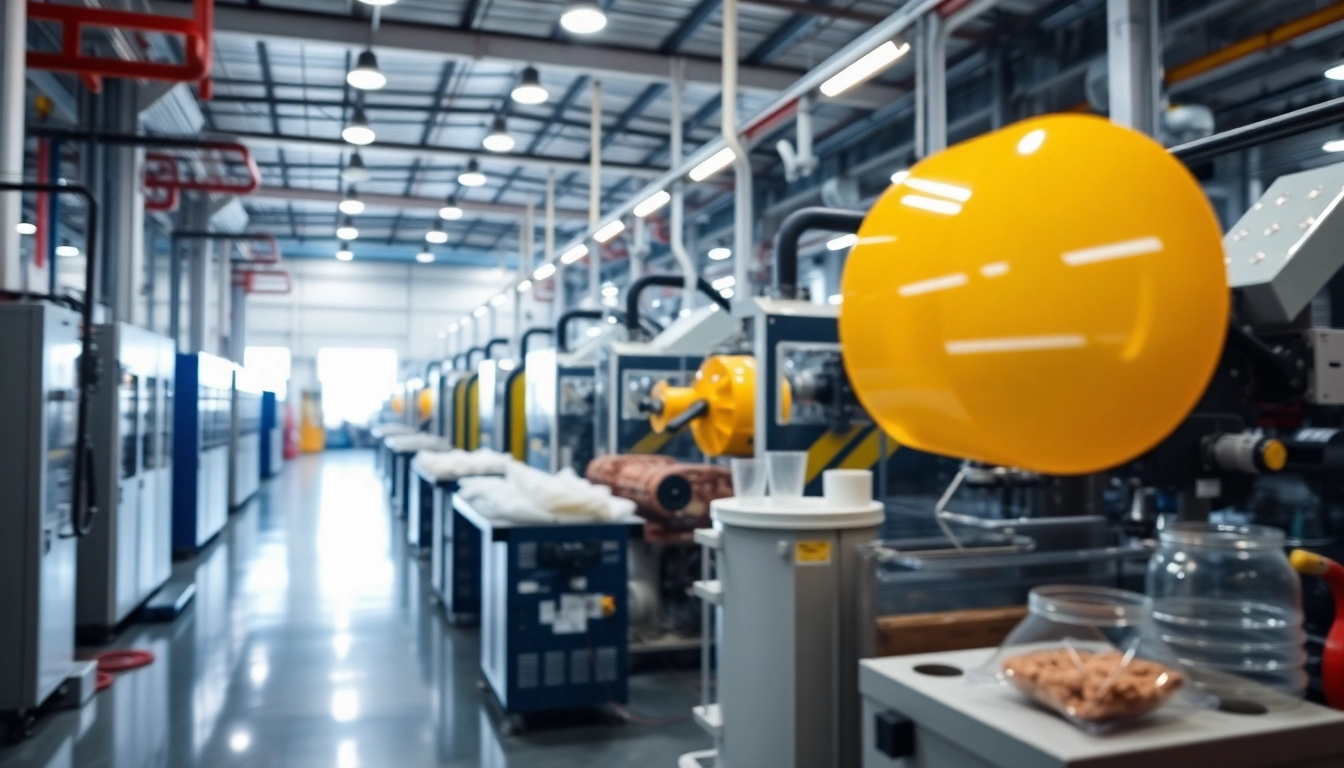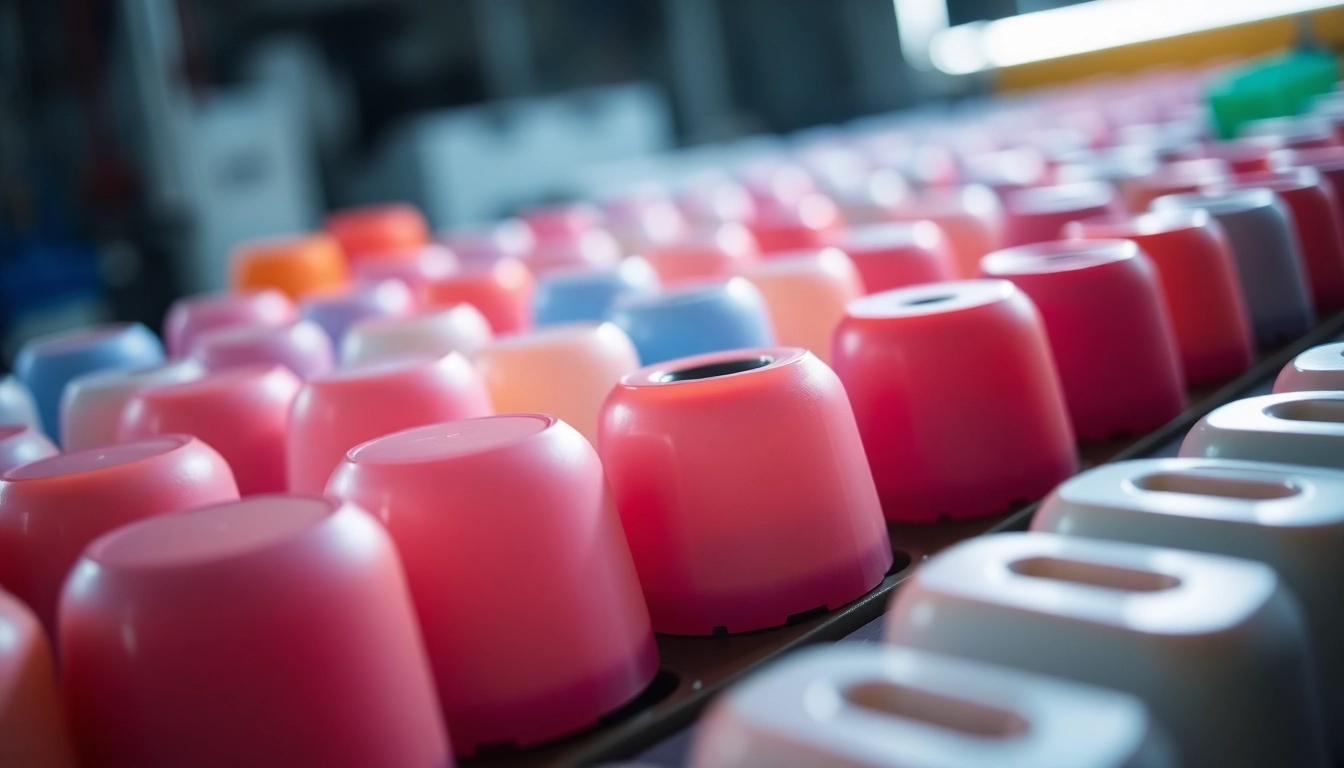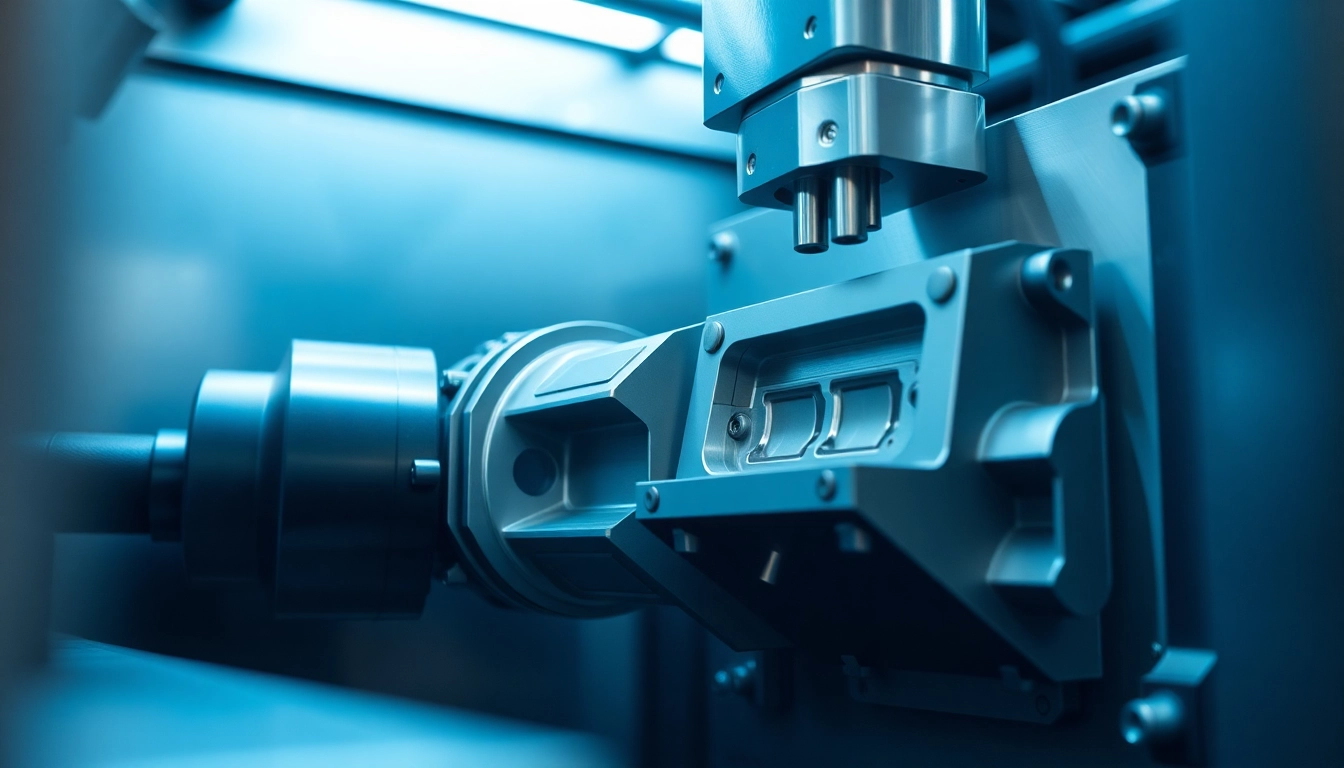Understanding Injection Molded Parts
Injection molded parts play a crucial role in modern manufacturing, providing efficient and innovative solutions for a variety of applications. This article aims to delve into every aspect of these parts, starting with a clear definition, through an examination of their manufacturing process, and ending with their raw material composition. For those seeking comprehensive insights into the world of injection molded parts, we have you covered.
What are Injection Molded Parts?
Injection molded parts are components produced through a manufacturing process known as injection molding. This method involves the injection of molten material, usually plastic, into a pre-designed mold. The result is the creation of precise, consistent, and complex part geometries that are widely utilized in various industries, from automotive to consumer electronics. Common examples of injection molded parts include plastic containers, automotive panels, and household items like storage bins and toys.
The Manufacturing Process Explained
The injection molding process typically begins with the preparation of both the material and the mold. Here’s a comprehensive breakdown of the steps involved:
- Material Preparation: The process starts with polymer granules or pellets, which are fed into a hopper connected to the injection molding machine.
- Heating and Melting: The machine uses heaters to melt the plastic until it reaches a molten state, ready for injection.
- Injection: The molten plastic is injected under high pressure into the mold cavity, filling it entirely and taking on its shape.
- Cooling: Once the cavity is filled, the material cools and solidifies, allowing it to retain the shape of the mold.
- Ejection: The newly formed part is then ejected from the mold using ejector pins, making it ready for further processing or assembly.
Common Materials Used for Injection Molding
The materials selected for injection molding can significantly influence the final product’s characteristics, such as strength, flexibility, and durability. Some common materials include:
- Thermoplastics: These are the most commonly used materials, including polyethylene (PE), polypropylene (PP), and polystyrene (PS).
- Thermosetting Plastics: Such as epoxy and phenolic resins, which undergo a chemical change when heated and become permanently rigid.
- Elastomers: These materials, like rubber, provide flexibility and resistance to deformation.
Benefits of Using Injection Molded Parts
Injection molded parts offer a myriad of advantages, particularly in terms of efficiency and effectiveness, which make them a preferred choice across several industries. Here are key benefits:
Cost-Efficiency in Mass Production
One of the most significant benefits of injection molding is its high production speed and low per-unit cost. Once the initial investment in the mold is made, producing large quantities of parts becomes highly economical. Moreover, the process minimizes waste by using only the amount of material needed, which further lowers costs.
Design Flexibility and Freeform Capabilities
Injection molding allows manufacturers to produce parts in virtually any shape, with intricate details that are often unattainable with other manufacturing methods. This design flexibility means that engineers can innovate more freely, creating unique products tailored specifically to their applications.
Durability and Performance in Various Conditions
Products made from injection molded parts are often remarkably durable and can withstand different environmental conditions. The ability to select specific materials that offer enhanced strength, heat resistance, or chemical stability allows for broad applications in various industries, ensuring long-lasting performance.
Applications of Injection Molded Parts in Industries
The versatility of injection molded parts means they are used in countless sectors. Here are some significant applications:
Consumer Goods: Everyday Examples
In the consumer goods sector, injection molded parts are ubiquitous. Common examples include:
- Plastic Containers: Used for food packaging and storage solutions.
- Toys: Popular products like LEGO bricks and action figures.
- Household Items: Items such as storage bins, kitchen utensils, and furniture components.
Automotive Industry Adaptations
The automotive industry benefits immensely from injection molding, utilizing it to create a range of parts, including:
- Interior Components: Dashboards, door panels, and consoles.
- Exterior Parts: Bumpers and panels are crafted for lightweight advantages.
- Functional Parts: Various engine components that require high precision and performance.
Healthcare: From Medical Devices to Packaging
Injection molding technology plays a pivotal role in healthcare applications, producing:
- Medical Devices: Equipment such as syringes, IV bags, and diagnostic tools.
- Packaging: Safe and sterile packaging solutions that adhere to strict healthcare regulations.
Best Practices for Designing Injection Molded Parts
Designing effective injection molded parts requires a unique set of considerations to avoid common pitfalls. Here are some best practices to align with:
Key Design Considerations and Pitfalls to Avoid
Designers should be aware of potential issues that could affect moldability and functionality. Some considerations include:
- Draft Angles: Ensuring that parts are designed with draft angles facilitates the ejection process.
- Wall Thickness: Maintaining consistent wall thicknesses helps to avoid warping or uneven cooling.
- Geometry Complexity: While intricate designs are possible, overly complex structures may complicate production and increase costs.
The Role of Tolerances in Production Success
Tolerance specifications are critical in ensuring that parts fit together correctly during assembly. Understanding and defining functional tolerances will lead to better performance outcomes.
Collaborating with Mold Makers: What to Expect
A strong partnership with mold makers is crucial to the success of any injection molding project. Effective communication about design requirements, deadlines, and materials will ensure that both design and production meet mutually established expectations.
Future Trends in Injection Molded Parts Manufacturing
As technology and environmental consciousness evolve, so do practices in manufacturing injection molded parts. The following trends will likely shape the future landscape:
Technological Innovations in Molding Techniques
Advancements in technology, such as the integration of automation, 3D printing, and the use of smart molds, are transforming the injection molding process. These innovations aim to enhance efficiency, reduce costs, and improve the overall quality of the molded parts.
Impact of Sustainability on Material Choices
With a growing emphasis on sustainability, manufacturers are increasingly exploring eco-friendly materials and processes. Biodegradable plastics and recycled resins are becoming viable options for injection molded parts, appealing to environmentally conscious consumers and businesses.
Customization and On-Demand Production Models
The future of injection molding also includes a shift towards customization. Manufacturers are adapting to market demands by providing on-demand production services and the ability to customize parts to specific client needs.




